Incentivising the future: How can the government increase EV uptake successfully?
The electric revolution is upon us and, with this being a general election year, perhaps the winds of political change will be soon be upon us too.
Despite the introduction of a Zero Emission Vehicle Mandate for manufacturers, the UK’s government recently pushed back on the shift to electrification somewhat, notably extending the ban on the sales of new petrol and diesel vehicles from 2030 to 2035.
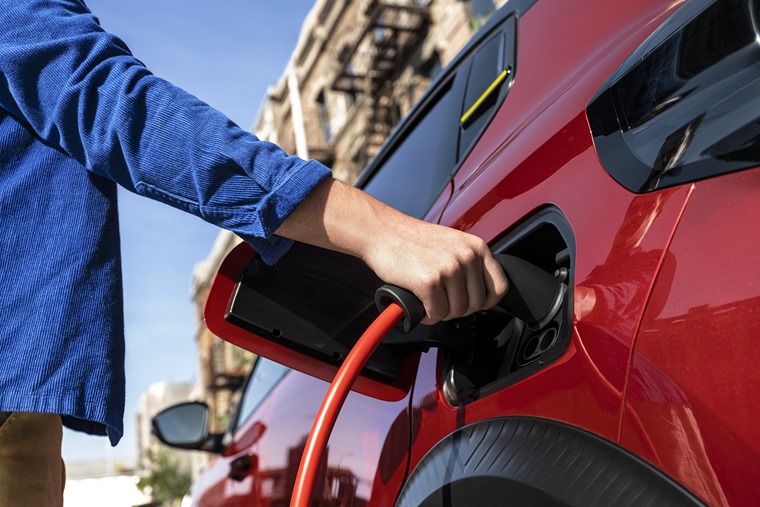
What’s more, the discontinuation of the plug-in car grant in 2022 has left a void in incentives for EV adoption – particularly for private customers who can’t take advantage of lower BiK rates.
We think it’s high time for new strategies to encourage the transition to emission-free vehicles. So we had a little think about what changes the government could make to give EVs a boost. It is a general election year, after all.

Subsidise EV leasing deals
We’ll start with the biggie. There’s little getting around the fact that in 2024, EVs are still more costly to produce than petrol and diesel models. This naturally increases the list prices of said vehicles, and therefore ups the cost of finance.
Recent lease deals on models like the Subaru Solterra and MG.4 have shown that when it comes to leasing, EVs can still be an attractive proposition from a cost perspective. But we think the government could be doing a lot more, and subsidising EV lease deals could play a pivotal role.
Over the channel in France, a similar idea has recently been launched. Macron’s “social leasing” scheme is aimed at helping lower-income families access the cleanest vehicles – all for as little as 40 euros per month.
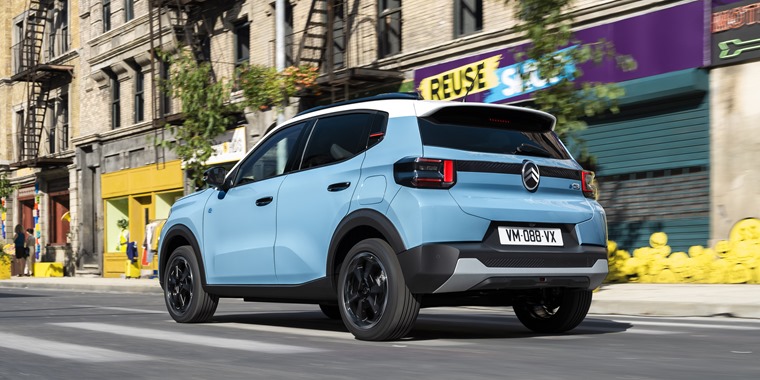
Citroen’s new e-C3, for example, will be available from 54 euros per month. To qualify for the scheme, people must have an income of no more than 15,000 euros and travel 8,000km per year. Those eligible will enjoy a three-year lease contract, which also covers insurance.
This approach has multiple benefits: it lowers the entry barrier for people wanting to switch to EVs, provides flexibility as technology evolves, and ensures a steady return of used EVs to the market, potentially reducing their overall cost.
It’s a clever scheme, and one we think our government could use as inspiration if it really wanted to get serious about EV uptake.
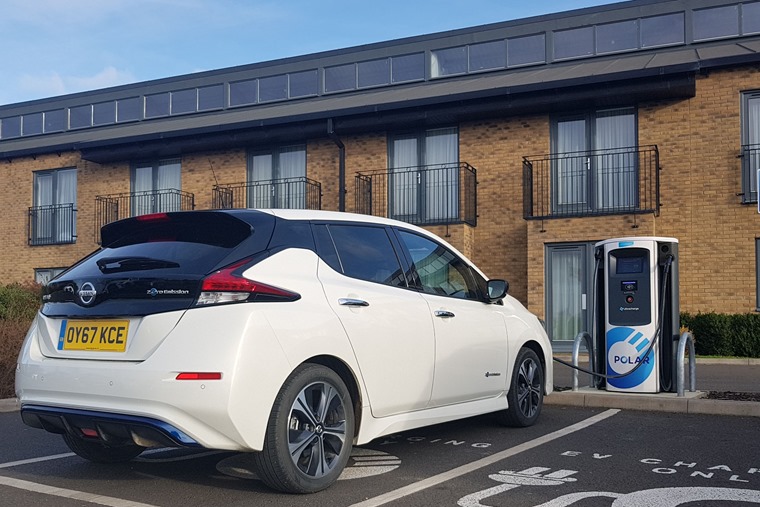
Reduce VAT on public charging
One significant deterrent to EV adoption is the perceived inconvenience and cost of charging. Reducing VAT on public charging can be a game-changer. Currently, the cost of charging an EV can vary significantly, and in some cases, it's comparable to the cost of petrol or diesel.
Using a home charger, you’ll have a reduced 5% VAT rate on the electricity used to recharge your car. By reducing VAT on public charging to the same level, the government can make public charging more affordable, encouraging more drivers to make the switch.
This step will not only benefit EV owners but also incentivise businesses to invest in public charging infrastructure. An increase in affordable charging points addresses range anxiety and makes EVs a more practical option for longer journeys, further boosting their appeal.
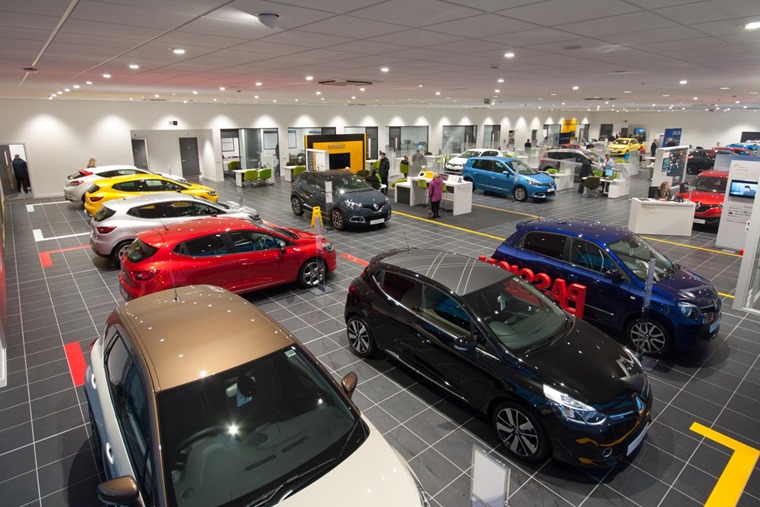
Introduce a proper scrappage scheme
A targeted scrappage scheme can be a significant driving force in accelerating the shift to EVs. Such a scheme would allow owners of older, high-emission vehicles to trade them in for a discount on new, cleaner electric vehicles.
This not only incentivises the purchase of EVs but also helps to remove the most polluting vehicles from the roads.
The key to success lies in designing a scheme that is both attractive to consumers and environmentally impactful. It should prioritize scrapping vehicles that are significantly harmful to the environment while ensuring the incentives are substantial enough to motivate a switch to EVs.
At the moment, one or two manufacturers are running scrappage schemes, along with Transport for London (TfL) as part of its ULEZ expansion. A wider, all-encompassing scrappage scheme could really help increase the numbers of EVs on the road.
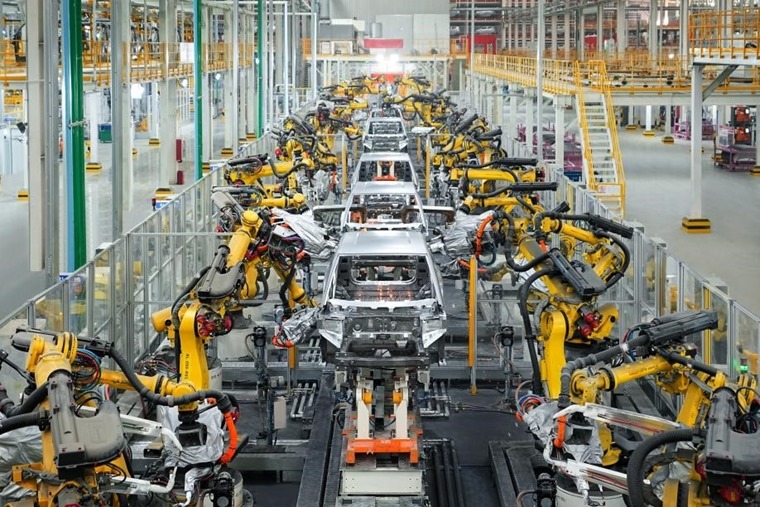
Invest in car manufacturers' technology
Lastly, investment in car manufacturers' technology is crucial. The government can play a significant role in fostering innovation in the EV sector.
By providing grants or tax breaks for research and development, the government can encourage manufacturers to invest in new technologies that improve the range, efficiency of EVs – all the while allowing prices to come down for end consumers.
Such investments could also focus on developing better battery technology, which is central to the EV's appeal and efficiency. Moreover, supporting homegrown manufacturers not only aids the EV market but also boosts the economy and creates jobs.
It's a strategic move that could ensure the UK stays at the forefront of EV tech, while boosting its own economy.
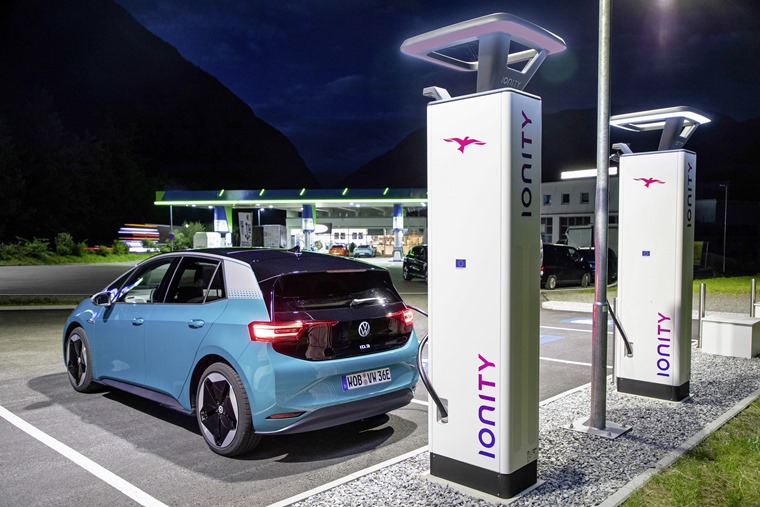
What will be in this year’s manifestos?
The shift to electric vehicles is not just an environmental imperative; it's an economic and technological opportunity. By subsidizing EV leasing, reducing VAT on public charging, introducing a scrappage scheme, and investing in technology, the UK government can significantly accelerate EV adoption.
These steps will not only help meet environmental targets but also propel the UK into a new era of sustainable transportation. Whoever wins the next general election, the road ahead is electric, and with the right incentives, it's within reach for everyone. We’ll just have to wait and see what’s in those manifestos.
